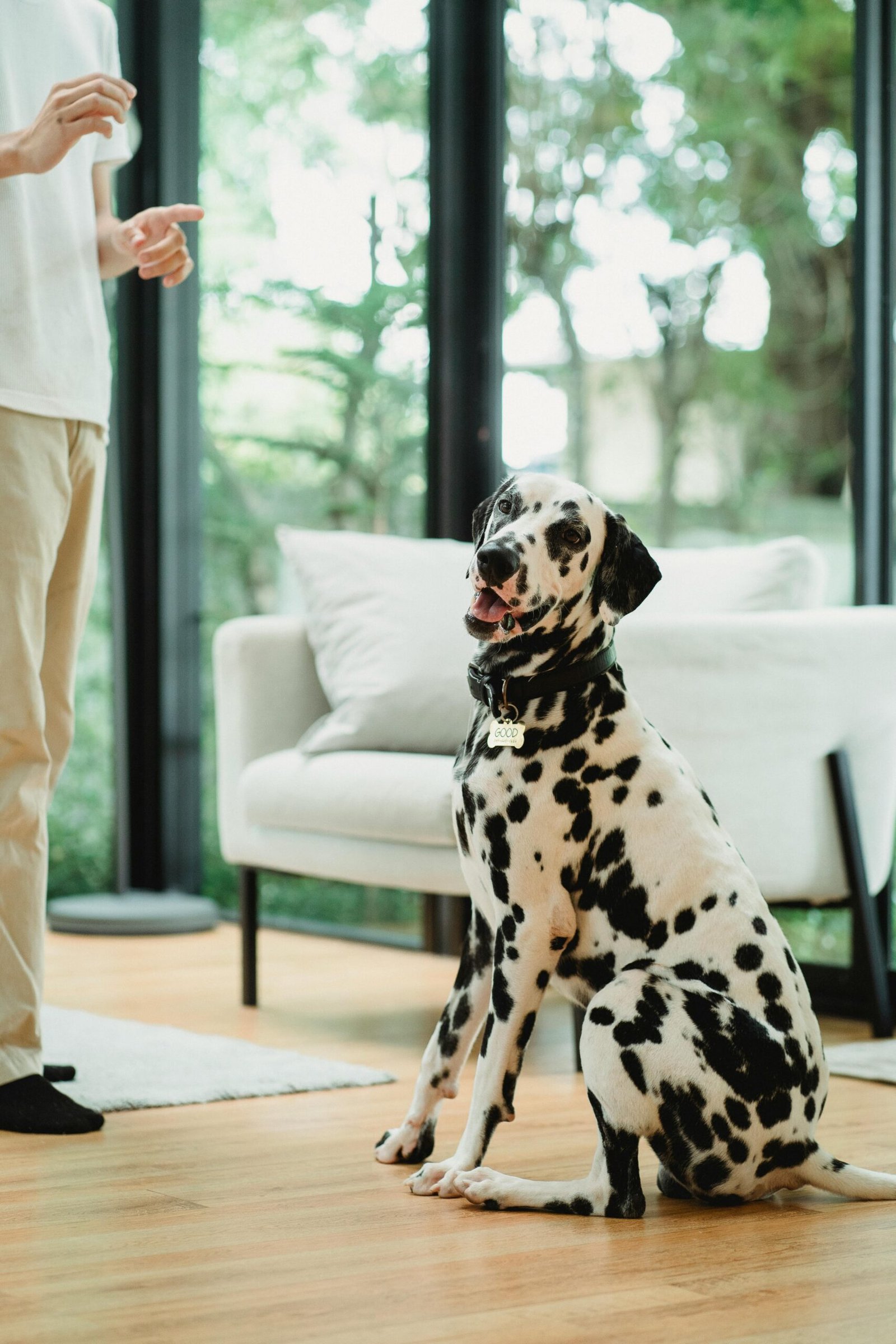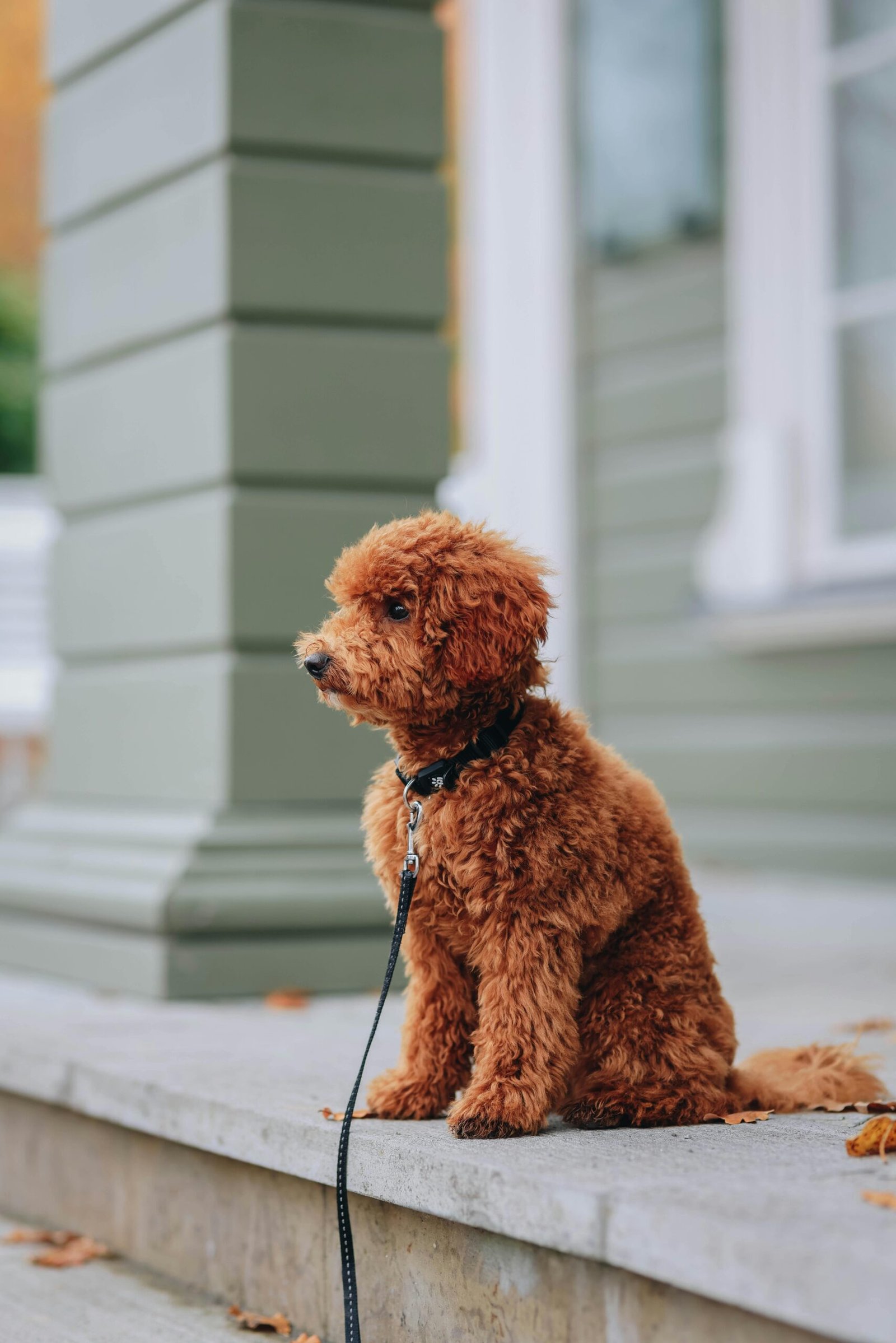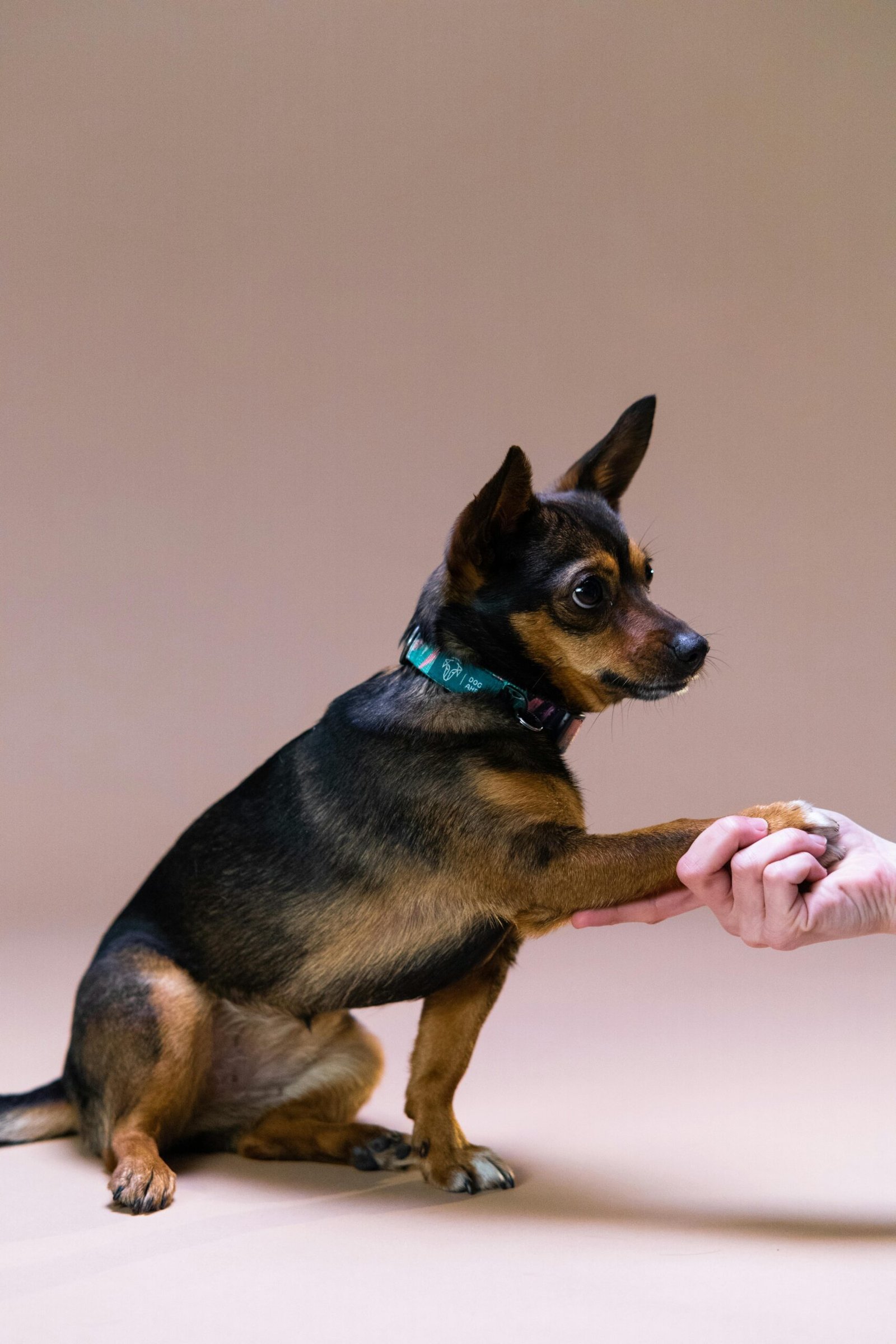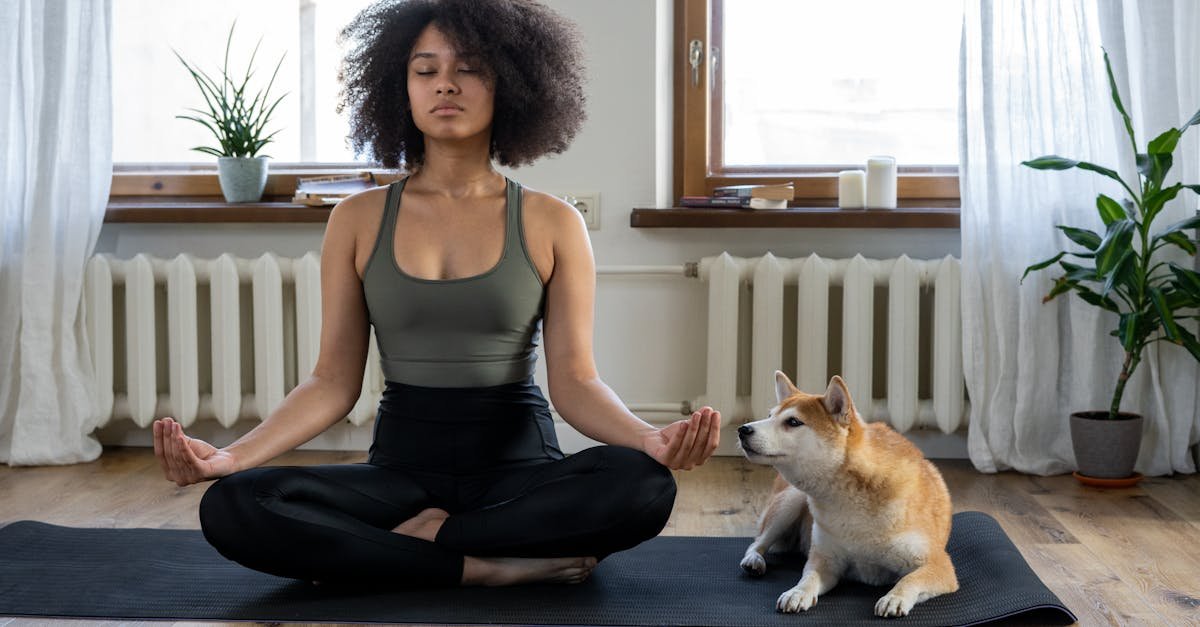How to Train a Puppy – Essential Tips for a Well-Behaved Dog
Estimated reading time: 8 minutes

Key Takeaways
- House training – Stop accidents fast.
- Basic obedience – Teach commands like “sit” and “stay.”
- Socialization – Prevent fear and aggression.
- Common mistakes – Avoid setbacks in training.
Table of Contents
- Introduction
- Understanding Puppy Behavior & Training Basics
- Essential Puppy Training Tips
- Advanced Puppy Training & Socialization
- Common Puppy Training Mistakes
- Conclusion – Your Puppy Training Success Plan
- Frequently Asked Questions
Introduction
Bringing home a puppy is one of life’s greatest joys—but it also comes with challenges. If you’re wondering how to train a puppy the right way, you’re in the right place. Early training is the key to raising a happy, well-behaved dog. Without it, small issues can turn into big problems later.
This guide covers everything you need:
- House training – Stop accidents fast.
- Basic obedience – Teach commands like “sit” and “stay.”
- Socialization – Prevent fear and aggression.
- Common mistakes – Avoid setbacks in training.
Ready to start? Let’s dive in!
1. Understanding Puppy Behavior & Training Basics
How Puppies Learn
Puppies learn best through positive reinforcement. This means rewarding good behavior with treats, praise, or playtime. Punishment (like yelling) only makes them scared—not obedient.
Pro Tip: Always reward your puppy immediately after they do something right. This helps them connect the action with the reward. Source: AKC
The Critical Socialization Window (8–16 Weeks)
Between 8 and 16 weeks, puppies are most open to new experiences. This is the best time to:
- Introduce them to different people and pets.
- Let them explore new places (like parks or car rides).
- Get them used to sounds (vacuum, traffic, etc.).
Why? A well-socialized puppy grows into a confident, friendly adult dog. For more on socialization, check out our guide on Pet Communication: Understanding How Your Pets Express Emotions and Needs.
Training Session Tips
- Keep sessions short (5–10 minutes).
- Train 3–5 times a day—puppies have tiny attention spans!
- End on a positive note (always reward success).
2. Essential Puppy Training Tips
House Training a Puppy
Step 1: Set a Routine
- Take your puppy outside:
- After meals
- After naps
- After playtime
- Use a phrase like “go potty” so they learn what to do.
Step 2: Crate Training
- A crate helps teach bladder control.
- Never use it as punishment—it should feel like a safe den. For a detailed crate training schedule, see The Perfect Crate Schedule for Your Puppy.
Step 3: Accident Cleanup
- Use an enzymatic cleaner to remove smells.
- If you catch them in the act, say “no” gently and take them outside.

Basic Obedience Commands
1. “Sit”
- Hold a treat above their nose.
- Move it backward—their butt will lower naturally.
- Say “sit” and reward!
2. “Stay”
- Start with 1–2 seconds, then increase time.
- Use a release word like “okay!”
3. “Come”
- Say their name + “come” in a happy voice.
- Reward when they reach you.
For more advanced training techniques, explore The Ultimate Guide to Pet Training: Building Trust and Good Behavior.
Stopping Bad Habits
Biting:
- Redirect to a chew toy.
- Yelp “ouch!” (like a littermate would) to teach bite control.
Barking:
- Ignore demand barking.
- Reward quiet moments.
3. Advanced Puppy Training & Socialization
Leash Training
- Start indoors with a lightweight leash.
- Reward walking without pulling.
- Gradually move to low-distraction areas (like your backyard).
For leash recommendations and safety tips, read Dog Walking Tips for a Safe and Enjoyable Routine.
Socializing Your Puppy
After vaccinations, expose them to:
- Other friendly dogs
- Different surfaces (grass, pavement)
- Car rides and busy streets
Pro Tip: Always pair new experiences with treats to build positive feelings.

4. Common Puppy Training Mistakes
- Inconsistency – If one person says “off” and another says “down,” your puppy gets confused.
- Punishment – Yelling or hitting breaks trust. Redirect instead.
- Skipping socialization – Leads to fear and aggression later.
For more on avoiding pitfalls, see Pet First Aid – Essential Guide for Emergency Care to handle accidents during training.
5. Conclusion – Your Puppy Training Success Plan
Training a puppy takes patience and consistency, but the payoff is huge—a well-behaved, happy dog for life. Remember:
- Use positive reinforcement (treats, praise).
- Keep sessions short and fun.
- Socialize early to prevent fear.
Need extra help? Check out:
- AKC Puppy Training Courses
- Local puppy obedience classes
Now go enjoy the journey of how to train a puppy—you’ve got this! 🐾
Frequently Asked Questions
- How long does puppy training take?
- What are the best treats for training?
- How to stop a puppy from biting?
How long does puppy training take?
Training is an ongoing process, but basic commands can be learned in a few weeks with consistent practice. Advanced training and socialization may take several months.
What are the best treats for training?
Small, soft treats that your puppy loves work best. Use high-value rewards like chicken or cheese for challenging commands.
How to stop a puppy from biting?
Redirect biting to chew toys and use a high-pitched “ouch!” to signal pain. Consistency is key—never encourage biting during play.
